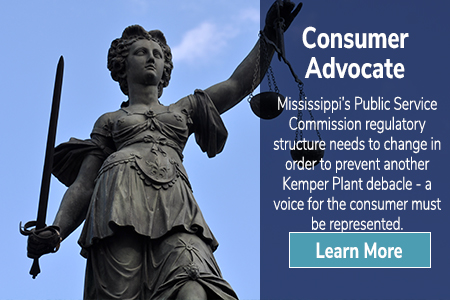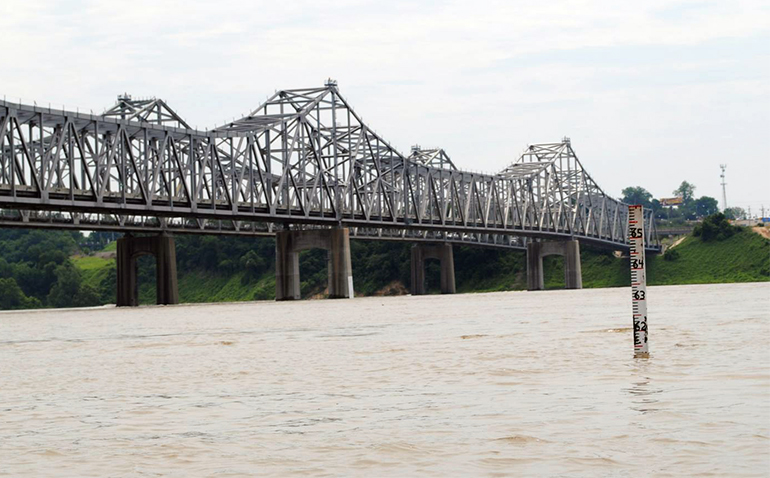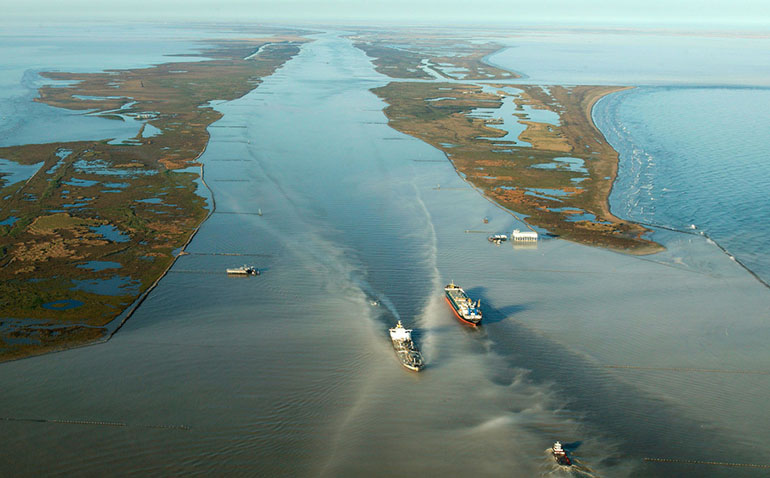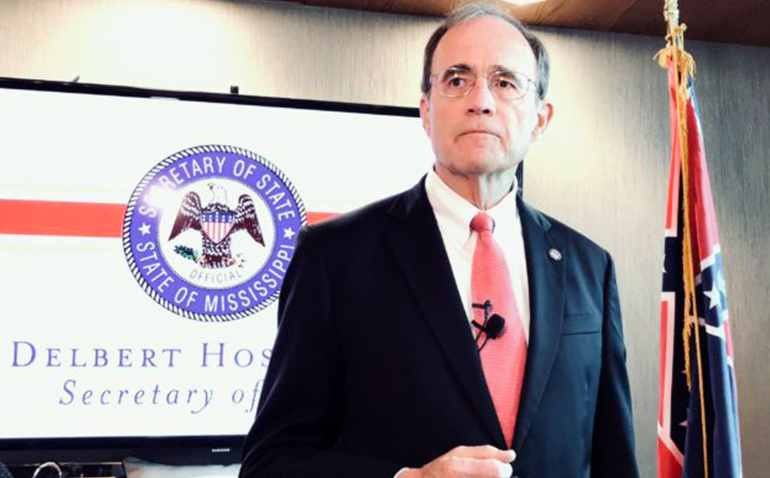Mississippi River Flooding
We think the Corps should operate the ORCC to increase the discharge as the river rises — and that Congress should authorize this. Now. This would lower flood crests, make floods shorter, and reduce the risk of levee failure — and a course change. It would also reduce batture and backwater flooding and the resulting economic and environmental damage on some 1.5 million acres in Mississippi and Louisiana. Time to change the flood control plan – before it’s too late.
Featured Work
2019 SMASHING MISSISSIPPI RIVER RECORDS
On April 9, 2019, the Mississippi River at Natchez will have spent 95 days this year above the 48 feet flood stage
“The Levee’s Gonna Break”
Water now flows much faster to the Lower MS River due to changes in land use coupled with Corps of Engineers changes to the rivers. During the rainy season, water cannot get from the Lower MS River to the Gulf of Mexico as fast as it arrives from upstream. The bathtub that is the MS River from Natchez to the Gulf has been backing up since the late 1990s.
Rivers Flow to the Sea
Gravity is a fundamental law of nature. It makes rivers flow to the sea. If the natural flow is blocked, there are consequences. The U.S. Army Corps of Engineers blocked about 40% of the Mississippi River’s peak flow to the Gulf at Morgan City in 1964. The delayed consequences today are unnatural floods on the Lower Mississippi.
Secretary of State and Attorney General File Suit Over Flooded 16th Section Land in Southwest Mississippi
“This is a historic day for our State,” Secretary Hosemann said. “Today, our State and three public school districts allege the United States has taken property deeded to Mississippi 200 years ago.”
Deja Vu All Over Again
On January 15, 2016, the Mississippi River at Vicksburg reached 50 feet — 7 feet above flood stage. It was the highest January crest since 1879 when Congress put the Mississippi River Commission (MRC) and the US Army Corps of Engineers (Corps) in charge of flood control. A freak January flood. It caused the Mississippi deer season to close early along the river.
It happened again this year. On January 12-13, the river reached flood stage at Vicksburg and Greenville. And the deer season closed early. “Deja vu all over again,” as Yogi Berra said. The river has reached flood stage in January only three times in 140 years — but twice in the last three years.
Why Does It Flood When Levees Don’t Break? And Other Questions. Part 2
BPF’s Q&A two part series on MS River Flooding









